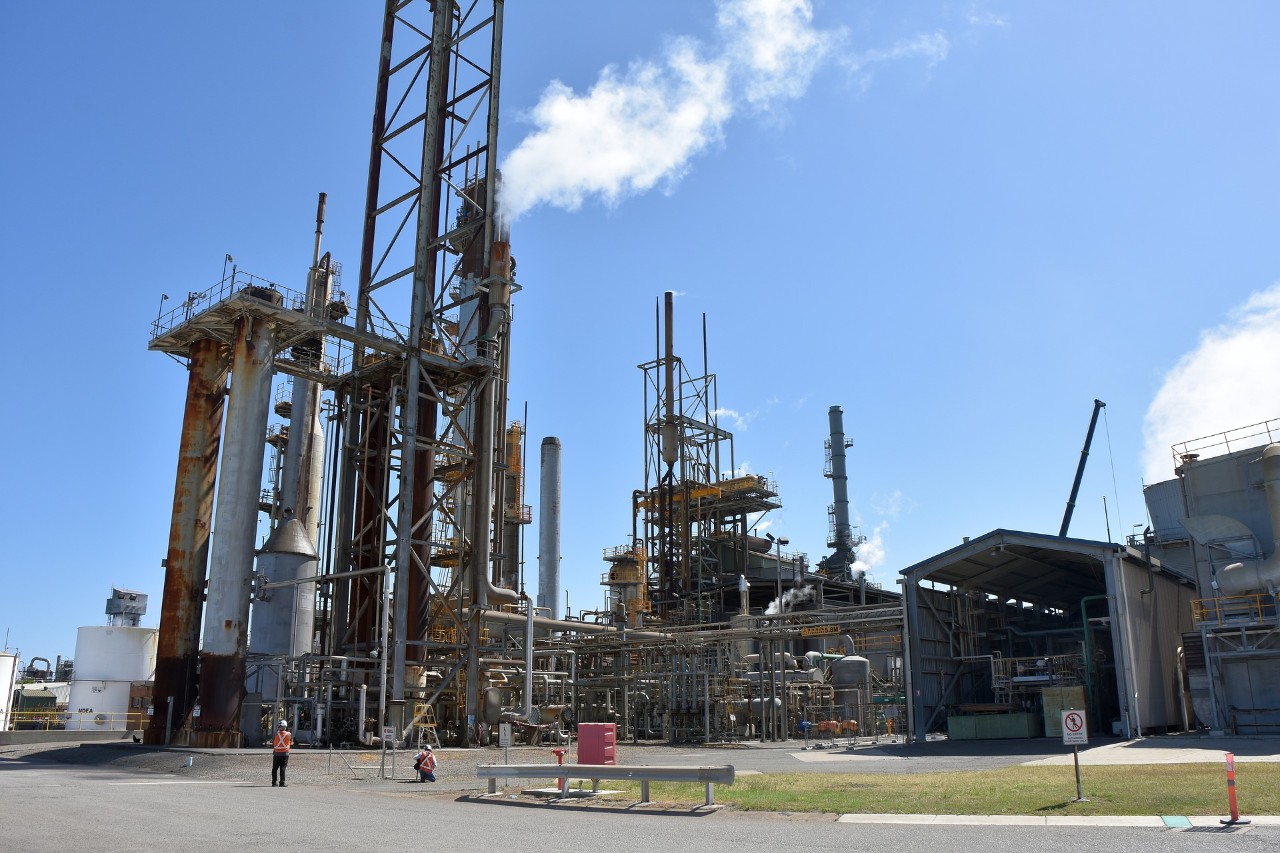
UC professor evaluates dust from dangerous powders
A UC professor models the dustiness of chemical powders within rotating drums to reduce health risks

UC mechanical engineering professor Milind Jog.
Chemical manufacturing byproducts like powders can be dangerous when inhaled. Knowing how these sometimes hazardous powders transform into aerosol is important in preventing long-term health problems.
“There is a risk of inhalation by whoever is handling these powders, so it’s necessary to classify them and determine which powders can be aerosolized,” University of Cincinnati professor Milind Jog said.
The National Institute for Occupational Safety and Health recently awarded Jog a grant to assess current methods for evaluating these powders.
A rotating drum apparatus is a widely used instrument to evaluate powder dustiness, or the tendency of a powder to aerosolize. Imagine a scaled-down version of the back of a cement truck.
Researchers place powders at the bottom of a drum, slowly rotate the drum and add a crossflow of air. The powders that aerosolize from this airflow are collected by a filter at the opposite end of the drum.
The problem with these drums, however, is that you can’t see what happens to the powders within the drum during aerosolization. Without this knowledge, a total understanding of these powders is limited.
Jog and his doctoral student, Hongyu Chen, are solving this problem through computational fluid dynamics modeling. With computational simulations, they can model the interaction between air flow and the particles, as well as the size differences of certain particles and their likelihood of being aerosolized.

This figure shows predicted paths of dust particles from the CFD simulation as the drum is rotated. Particle path lines are colored by their residence time in the drum. Image/Provided
“We are learning how these instruments work,” Jog said. “This modeling will tell us what really happens with these powders and if the process needs to be improved.”
Three different international standards exist for measuring dustiness, and each of these standards vary in drum shape, drum size and rotation and air speed. Over the course of the grant, Jog will measure, test and simulate all four of these standards.
Jog’s research can help safety regulators better understand how hazardous chemicals aerosolize and aid industry in generating less dust in its chemical manufacturing processes and operations. After the dust settles, workers handling these powders will be safer because of the impactful work coming out of UC.
Featured image at top: Workers stand in front of a chemical factory. PhillipBarrington/Pixabay
Become a Bearcat
Apply online or get more information about undergraduate enrollment by calling (513) 556-1100.
Related Stories
UC’s microchip training includes innovative VR
July 2, 2024
To build a virtual microchip factory, University of Cincinnati doctoral students turned to the real one where they work. UC launched a new training program for microchip manufacturing in advance of the new fabrication plant Intel Corp. is opening in Ohio.
WalletHub: 5 best chip and pin credit cards
July 1, 2024
University of Cincinnati director discusses 5 best chip and pin credit cards with WalletHub
WVXU: Supreme Court temporarily blocks key air pollution...
July 1, 2024
University of Cincinnati law professor spoke with WVXU about recent Supreme Court decision to temporarily block key air pollution regulations.
